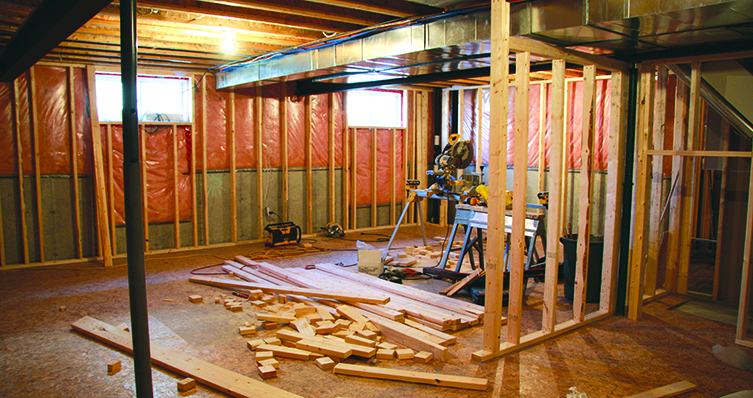
If your business occupies a large space and you plan to relocate, expand, or renovate soon, consider the potential benefits of the rehabilitation tax credit. This could be particularly valuable if you’re interested in historic properties.
The credit is equal to 20% of the qualified rehabilitation expenditures (QREs) for a qualified rehabilitated building that’s also a certified historic structure by the National Park Service. A qualified rehabilitated building is a depreciable building that has been placed in service before the beginning of the rehabilitation and is used, after rehabilitation, in business or to produce income (and not held primarily for sale). Additionally, the building must be “substantially” rehabilitated, which generally requires that the QREs for the rehabilitation exceed the greater of $5,000 or the cost of acquiring the existing building.
Eligible expenses
A QRE is any amount chargeable to capital and incurred in connection with the rehabilitation (including reconstruction) of a qualified rehabilitated building. Qualified rehabilitation expenditures must be for real property (but not land) and can’t include building enlargement or acquisition costs.
The 20% credit is allocated ratably to each year in the five-year period beginning in the tax year in which the qualified rehabilitated building is placed in service. Thus, the credit allowed in each year of the five years is 4% (20% divided by five) of the QREs concerning the building. The credit is allowed against both regular federal income tax and alternative minimum tax.
Permanent changes to the credit
The Tax Cuts and Jobs Act (TJCA) signed in 2017 made changes to the credit. Specifically, the law:
- Requires taxpayers to claim the 20% credit ratably over five years instead of in the year they placed the building into service
- Eliminated the 10% rehabilitation credit for the pre-1936 buildings
While many individual tax cuts under the TCJA are set to expire after December 31, 2025, the changes to the rehabilitation tax credit aren’t among them. They’re permanent.
© 2025 KraftCPAs PLLC